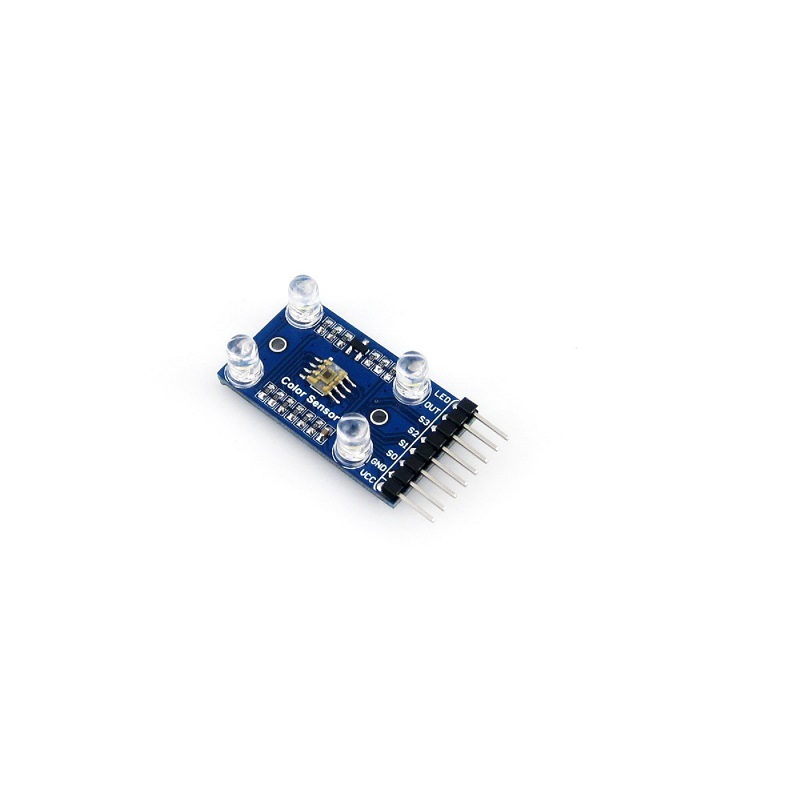In the expansive realm of technological marvels, there exists an often-overlooked gem — the light color sensor. This inconspicuous electronic marvel operates like a silent force, diligently working behind the scenes to infuse our digital encounters with a spectrum of colors that elevate our tech-driven world. Let’s delve into the distinctive features of the light color sensor and explore how it introduces a touch of enchantment to our daily lives.
At its essence, a light color sensor serves as a device designed to detect and measure the intensity of light across various wavelengths. This capability allows it to proficiently identify and interpret colors, essentially acting as the digital eyes for our devices, providing a novel dimension to their perception and interaction with the world.
One of the prevalent applications of light color sensor lies in displays, be it the screen of your smartphone, tablet, or computer. Have you ever marveled at the rich and true-to-life colors on your device? The credit for this visual feast goes to the light color sensor. By adeptly capturing ambient light conditions and dynamically adjusting the display, these sensors ensure a viewing experience that immerses you in the full glory of colors, whether you’re engrossed in a movie, gaming, or casually scrolling through social media.
But the enchantment doesn’t end there. Light color sensor also play a pivotal role in the realm of photography. These sensors assist cameras in achieving precision in color reproduction by analyzing the light reflected off subjects. This ensures that your photos encapsulate the essence of the moment with vibrant and true-to-life colors. The next time you capture a snapshot with your smartphone, take a moment to acknowledge the light color sensor diligently working its magic behind the lens.
Venturing beyond entertainment and photography, light color sensor have seamlessly integrated into smart home devices. Picture walking into a room, and the lights intuitively adjust to create the perfect ambiance. Courtesy of light color sensor, smart lighting systems can analyze the natural light entering a space and harmonize the color temperature of artificial lighting, crafting a seamless and comfortable environment.


















